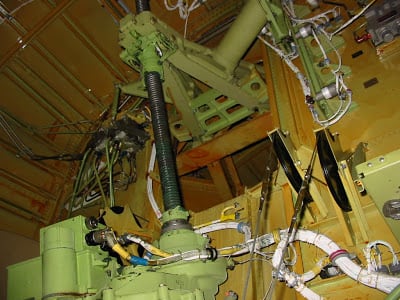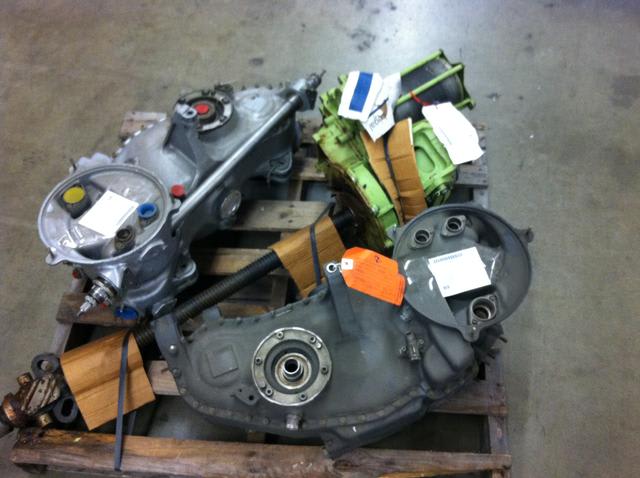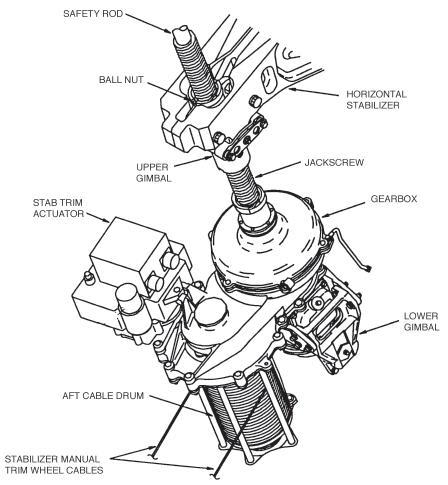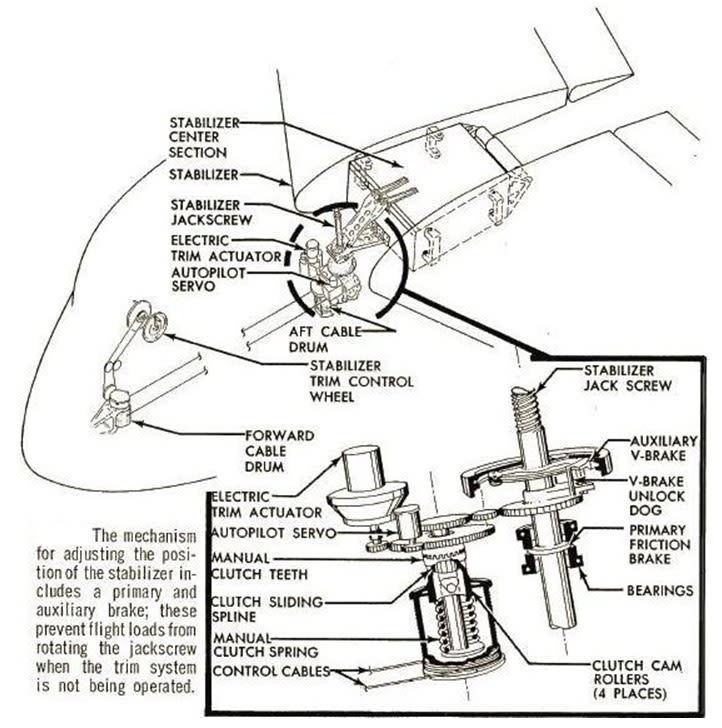This is the continuation from:
thread815-445840
thread815-450258
thread815-452000
thread815-454283
This topic is broken into multiple threads due to the length to be scrolled, and images to load, creating long load times for some users and devices. If you are NEW to this discussion, please read the above threads prior to posting, to avoid rehashing old discussions.
Thank you everyone for your interest! I have learned a lot from the discussion, too.
Some key references:
Ethiopian CAA preliminary report
Indonesian National Transportation Safety Committee preliminary report
A Boeing 737 Technical Site
Washington Post: When Will Boeing 737 Max Fly Again and More Questions
No one believes the theory except the one who developed it. Everyone believes the experiment except the one who ran it.
STF
thread815-445840
thread815-450258
thread815-452000
thread815-454283
This topic is broken into multiple threads due to the length to be scrolled, and images to load, creating long load times for some users and devices. If you are NEW to this discussion, please read the above threads prior to posting, to avoid rehashing old discussions.
Thank you everyone for your interest! I have learned a lot from the discussion, too.
Some key references:
Ethiopian CAA preliminary report
Indonesian National Transportation Safety Committee preliminary report
A Boeing 737 Technical Site
Washington Post: When Will Boeing 737 Max Fly Again and More Questions
No one believes the theory except the one who developed it. Everyone believes the experiment except the one who ran it.
STF





![[smile] [smile] [smile]](/data/assets/smilies/smile.gif) but I realize that you're partly right. If the cut-outs were there, then the pilots would be exposed to the non-linear stick-force trends at high angles of attack and high g maneuvers. So eliminating the switches (a safety feature AND a fault tolerance mechanism built into many system safety assumptions) were eliminated to prevent the bad aerodynamic behaviour from becoming obvious to anyone. Oh man this rabbit hole gets worse the farther down I go.
but I realize that you're partly right. If the cut-outs were there, then the pilots would be exposed to the non-linear stick-force trends at high angles of attack and high g maneuvers. So eliminating the switches (a safety feature AND a fault tolerance mechanism built into many system safety assumptions) were eliminated to prevent the bad aerodynamic behaviour from becoming obvious to anyone. Oh man this rabbit hole gets worse the farther down I go.